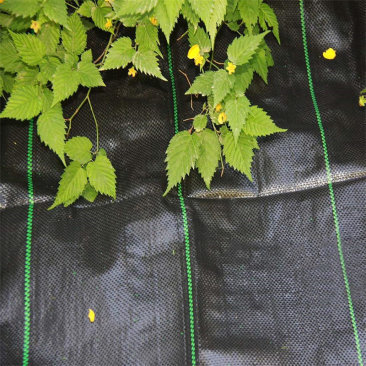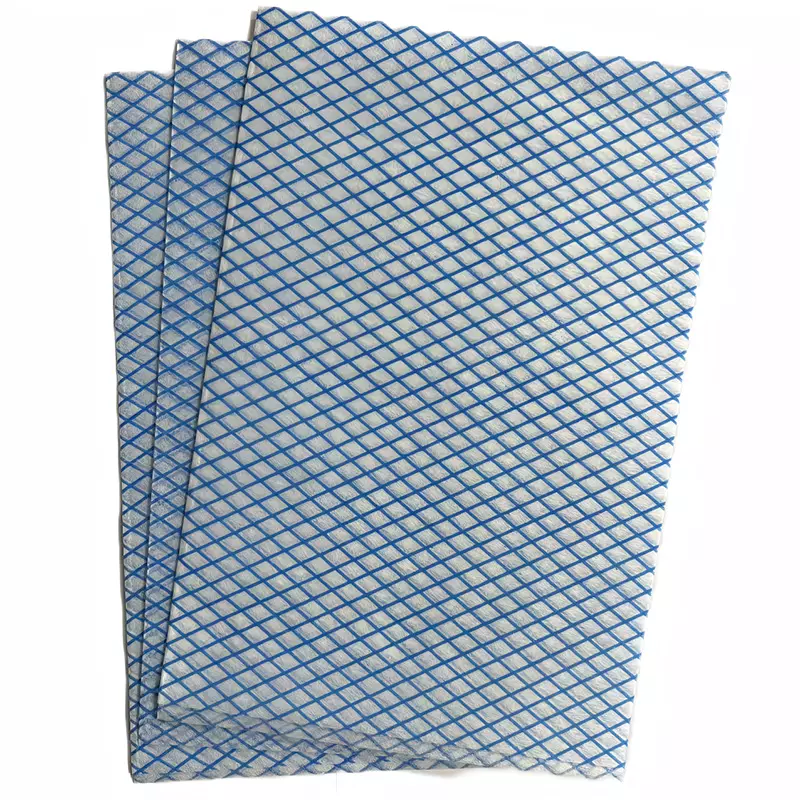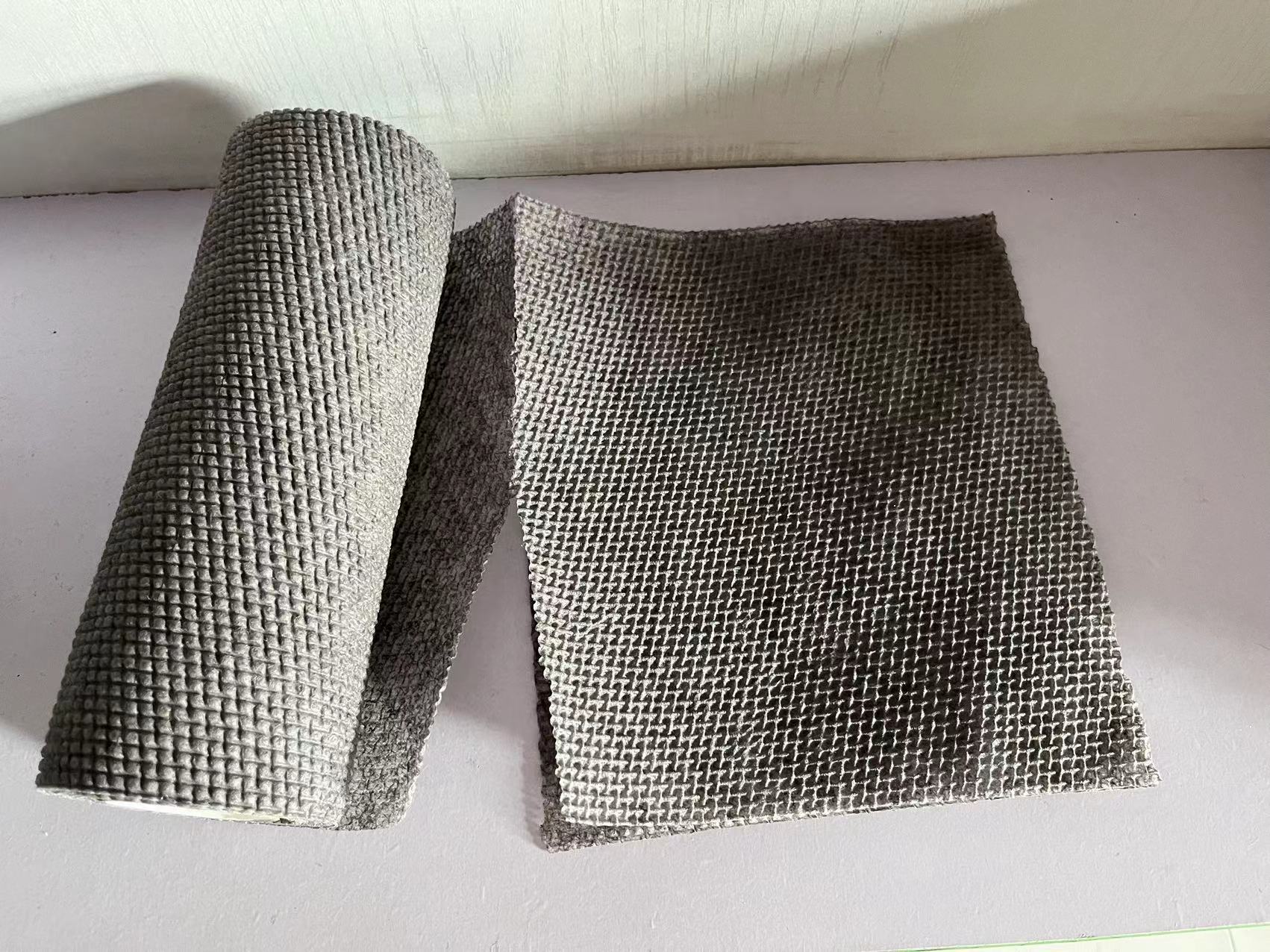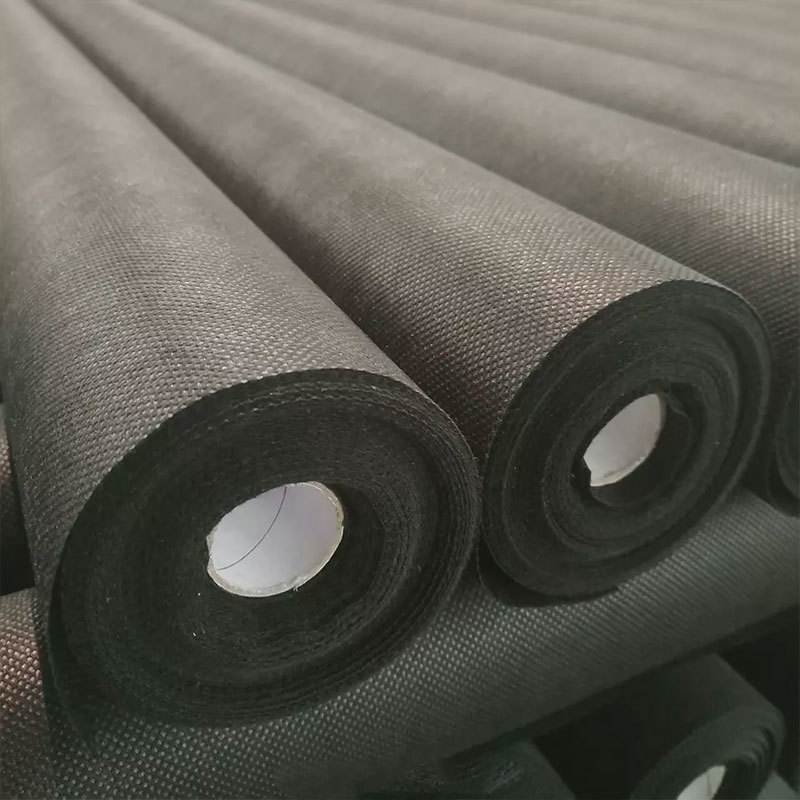15
2025
-
06
How Geotextile Landscape Fabric Enhances Soil Stabilization for Sustainable Construction
How Geotextile Landscape Fabric Enhances Soil Stabilization for Sustainable Construction Table of Contents 1. Understanding Geotextiles: An Overview 2. The Role of Soil Stabilization in Construction 3. Benefits of Using Geotextile Landscape Fabric 3.1 Improved Drainage 3.2 Preventing Soil Erosion 3.3 Enhanced Load-Bearing Capacity 3.4 Environmental Benefits 4. Types of Geotextiles and Their Applic
How Geotextile Landscape Fabric Enhances Soil Stabilization for Sustainable Construction
Table of Contents
1. Understanding Geotextiles: An Overview
2. The Role of Soil Stabilization in Construction
3. Benefits of Using Geotextile Landscape Fabric
3.1 Improved Drainage
3.2 Preventing Soil Erosion
3.3 Enhanced Load-Bearing Capacity
3.4 Environmental Benefits
4. Types of Geotextiles and Their Applications
4.1 Woven vs. Non-Woven Geotextiles
4.2 Applications in Landscaping
5. Installation Guidelines for Geotextile Landscape Fabric
5.1 Preparing the Site
5.2 Proper Installation Techniques
6. Case Studies: Successful Implementations of Geotextile Fabric
7. Frequently Asked Questions (FAQs)
8. Conclusion
1. Understanding Geotextiles: An Overview
Geotextiles are permeable fabrics made from synthetic fibers designed for use in civil engineering and construction projects. These materials are widely utilized to improve soil stability, drainage, and erosion control. By understanding the properties and functionalities of geotextiles, we can better appreciate their role in enhancing soil stabilization.
2. The Role of Soil Stabilization in Construction
Soil stabilization is a crucial element in the construction process. It involves the enhancement of soil properties to support structures effectively. Poor soil stability can lead to serious issues such as settling, cracking, and even structural failure. By employing geotextile landscape fabric, we can significantly improve the soil's ability to support loads and resist erosion.
3. Benefits of Using Geotextile Landscape Fabric
Geotextile landscape fabric offers a multitude of benefits that make it a valuable asset in construction and landscaping projects.
3.1 Improved Drainage
One of the primary advantages of geotextile fabric is its ability to enhance drainage. The porous nature of the material allows water to flow through while filtering out soil particles. This function is crucial in preventing waterlogging, which can weaken the soil structure and lead to erosion.
3.2 Preventing Soil Erosion
Soil erosion is a significant concern in both urban and rural settings. Geotextiles act as a barrier that protects the underlying soil from the forces of wind and water. By stabilizing the soil surface, they help maintain the integrity of landscaping and construction sites.
3.3 Enhanced Load-Bearing Capacity
Another critical benefit of geotextile landscape fabric is its ability to distribute loads more evenly across the soil. This enhanced load-bearing capacity reduces the risk of settling and provides a solid foundation for structures.
3.4 Environmental Benefits
Using geotextile fabric promotes sustainability by minimizing the need for chemical treatments and excessive excavation. This environmentally friendly approach helps preserve natural landscapes while ensuring effective soil stabilization.
4. Types of Geotextiles and Their Applications
There are primarily two types of geotextiles: woven and non-woven. Each type serves specific purposes and applications in construction.
4.1 Woven vs. Non-Woven Geotextiles
Woven geotextiles are made from interlaced fibers, providing superior strength and load-bearing capacity. They are typically used in high-stress applications, such as road construction and retaining walls. On the other hand, non-woven geotextiles are produced by bonding fibers together, offering excellent drainage and filtration properties ideal for landscape applications.
4.2 Applications in Landscaping
Geotextile landscape fabric is extensively used in landscaping projects such as garden beds, driveways, and retaining walls. By preventing weed growth and stabilizing soil, these fabrics contribute to the overall health and appearance of outdoor spaces.
5. Installation Guidelines for Geotextile Landscape Fabric
To maximize the effectiveness of geotextile landscape fabric, proper installation is essential.
5.1 Preparing the Site
Before installing geotextile fabric, the site must be adequately prepared. This includes clearing debris, leveling the soil, and addressing any drainage issues. A well-prepared site ensures optimal performance of the landscape fabric.
5.2 Proper Installation Techniques
When laying down the fabric, overlap adjacent pieces to prevent soil migration. Secure the fabric with landscape staples or pins, ensuring it is taut and free of wrinkles. This careful installation process is vital for achieving the desired stabilization and drainage effects.
6. Case Studies: Successful Implementations of Geotextile Fabric
Numerous case studies demonstrate the successful use of geotextile landscape fabric in various projects. For instance, in a recent highway expansion project, the installation of woven geotextiles significantly reduced soil erosion and improved the longevity of the road surface. Similarly, a landscaping project at a local park showcased the effectiveness of non-woven fabrics in promoting healthy plant growth while preventing weed intrusion.
7. Frequently Asked Questions (FAQs)
What is geotextile landscape fabric made of?
Geotextile landscape fabric is typically made from synthetic materials such as polypropylene or polyester, designed for durability and filtration.
How long does geotextile fabric last?
The lifespan of geotextile fabric can vary, but high-quality products can last for decades when properly installed and maintained.
Can I use geotextile fabric in all types of soil?
Yes, geotextile fabric can be used in various soil types. However, the choice between woven and non-woven fabrics may depend on specific site conditions and project requirements.
How does geotextile fabric help with drainage?
Geotextile fabric allows water to pass through while filtering out soil particles, preventing clogging and promoting effective drainage.
Is geotextile fabric environmentally friendly?
Yes, geotextile fabric is an environmentally friendly option as it minimizes the need for chemical treatments and excessive excavation while promoting soil stabilization.
8. Conclusion
Incorporating geotextile landscape fabric into construction and landscaping projects is a strategic decision that enhances soil stabilization, promotes sustainable practices, and improves overall project outcomes. By understanding its benefits and proper installation techniques, stakeholders can maximize the effectiveness of this invaluable material, ensuring durable, resilient landscapes and structures for years to come. Whether you are a contractor, landscaper, or homeowner, the advantages of geotextile fabric are clear, positioning it as an essential component in modern construction and landscaping endeavors.
geotextile landscape fabric












